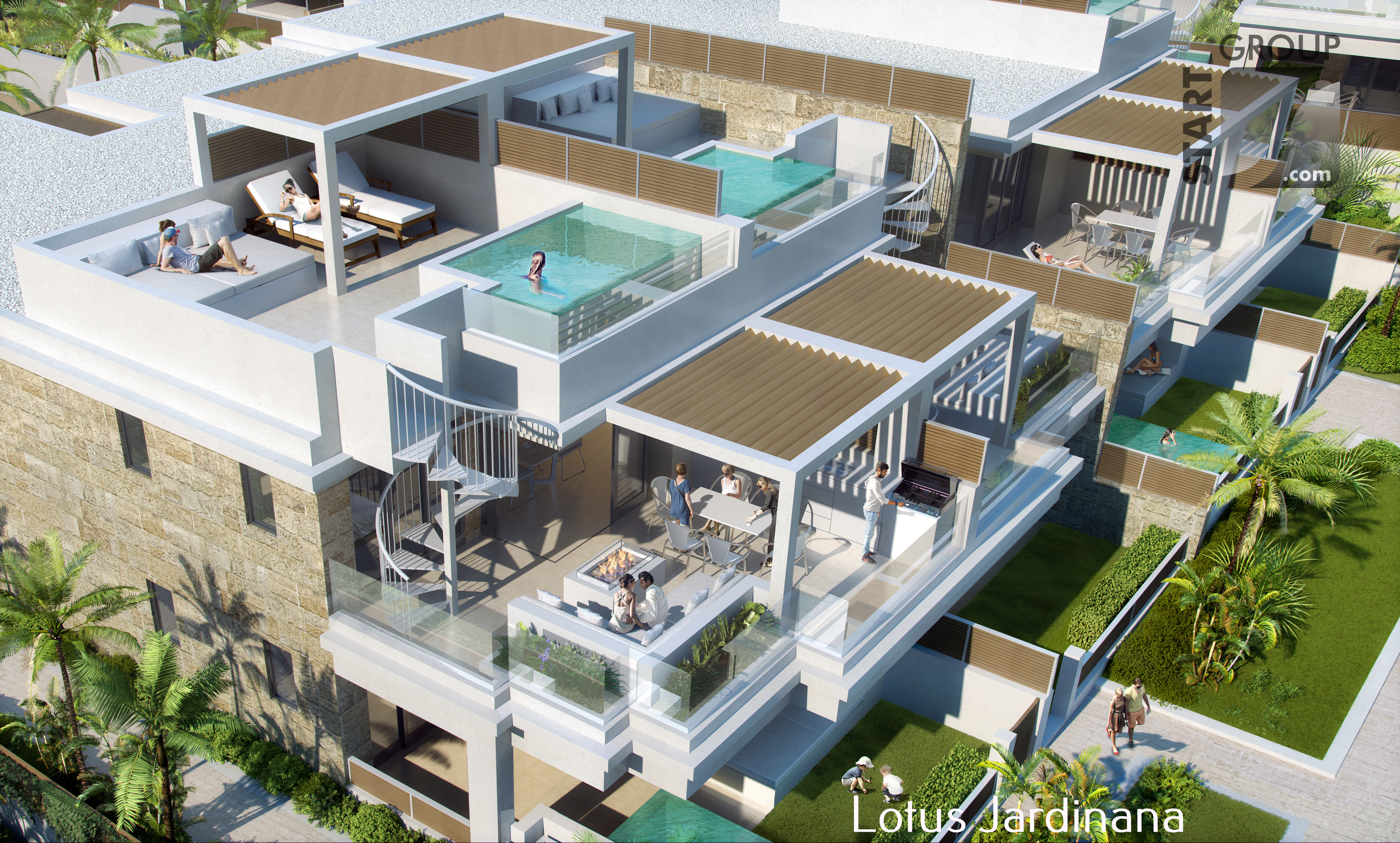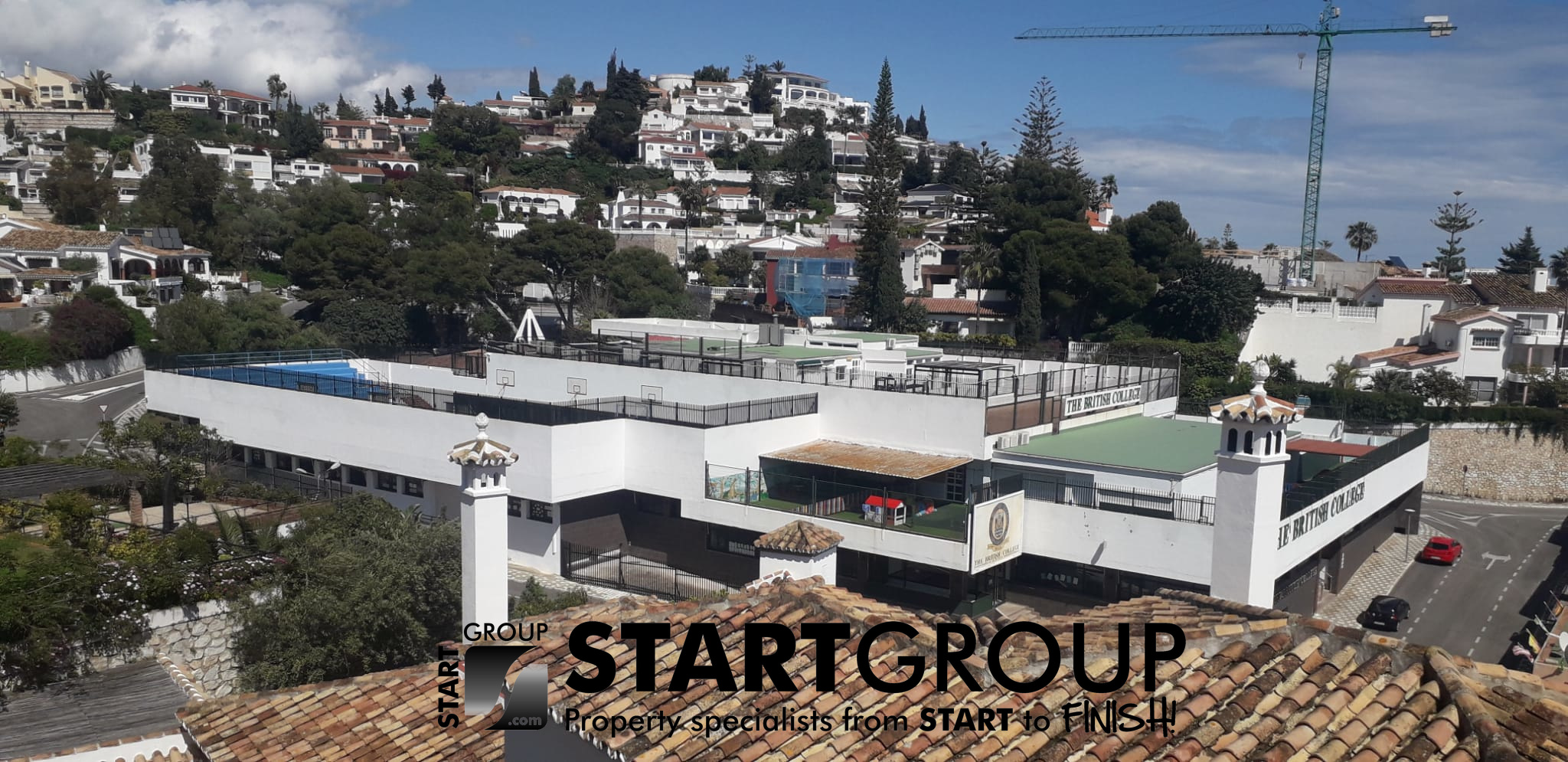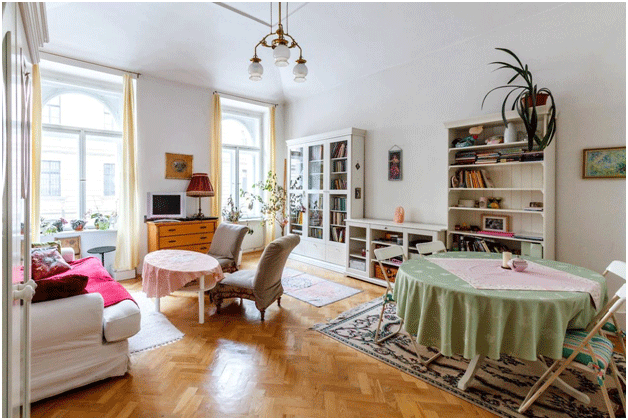When I was a child in the 1980-ies, I spent my summers in Benalmadena and I remember that the water supply was often cut off several hours during the day as there were water shortages. But thanks to several investments in infrastructure on the west side of the coast the water shortages have been but a distant memory in recent years. In 2005 the desalination plant in Marbella was inaugurated and together with the dam in Istán the water supply has been secured. I can only remember once, a few years ago, when the water company cut off the water for over a week in Mijas Costa due to a urgent repair on a main pipe. Living in Calahonda I had no problem as Calahonda has its own water reservoir that can cater for the whole urbanisation for weeks. In other areas they were suffering though. In any case, with the extreme heat we have had this summer, this topic is coming up again. I started thinking about it when speaking to a colleague that has his real estate agency Inmoswiss in Rincon de la Victoria. It seems that the infrastructure east of Malaga is not the same as west of the city. In the Axarquia region several Town Halls have restricted the use of water this summer (2023). Prohibiting filling up swimming pools and actually cutting the water supply during part of the day. According to my colleague the Town Hall has given precedence to the agriculture in that area before the tourism. So in my mind the question arises: Will the question of a solid water supply be more important for property buyers in the near future? Will we estate agents have to recommend our clients the areas that have a secure supply of water rather than areas that are lacking infrastructure? I think the answer might be yes. Hopefully the authorities will start building more infrastructures to cope both with tourism and agriculture.
Water supply is not only a matter of convenience, but also of health and safety. According to the World Health Organisation, access to safe drinking water is essential for preventing diseases and improving quality of life. The effects of climate change, population growth, urbanisation, and tourism have increased the pressure on water resources, especially in the Mediterranean coast and islands.
One of the solutions that has been implemented in Spain is desalination, which is the process of removing salt and other minerals from seawater to make it suitable for human consumption or irrigation. Spain is the world leader in desalination, with more than 900 plants in operation or under construction, producing about 20% of the country’s water supply. Desalination has many advantages, such as reducing dependence on rainfall, diversifying water sources, and creating jobs and economic activity. However, it also has some drawbacks, such as high energy consumption, environmental impacts, and high costs.
Another solution that has been promoted in Spain is water reuse, which is the use of treated wastewater for purposes other than drinking, such as irrigation of golf courses, industrial processes, or environmental restoration. Water reuse can help save freshwater resources, reduce pollution, and enhance ecosystems. Spain is also a pioneer in water reuse, with more than 400 plants that treat about 10% of the country’s wastewater for reuse. Water reuse has many benefits, such as increasing water availability, improving water quality, and supporting agriculture and tourism. However, it also faces some challenges, such as public acceptance, legal and regulatory frameworks, and technical and operational issues.
I think that both desalination and water reuse are important tools for ensuring water supply in the country. However, they are not enough by themselves. They need to be complemented by other measures, such as water conservation, water efficiency, water pricing, and water governance. These measures can help reduce water demand, optimise water use, incentivise water saving, and improve water management.
Therefore, I believe that property buyers in Spain should consider not only the availability of water supply in different areas, but also the sustainability of water use and the participation of water users in decision-making processes. As an estate agent, I would recommend my clients to look for properties that have water-saving devices, such as low-flow faucets and showers, dual-flush toilets, and rainwater harvesting systems. I would also advise them to check the water tariffs in their area of interest, as well as the water policies and water plans of their local authorities. By doing so, they can make informed choices that benefit both themselves and the environment.
Related Articles

Mi restaurante favorito en la Costa del Sol

Hur räknar vi ut pris per m2 i Spanien?

Écoles sur la Costa del Sol

 en
en
 es
es
 se
se
 nl
nl
